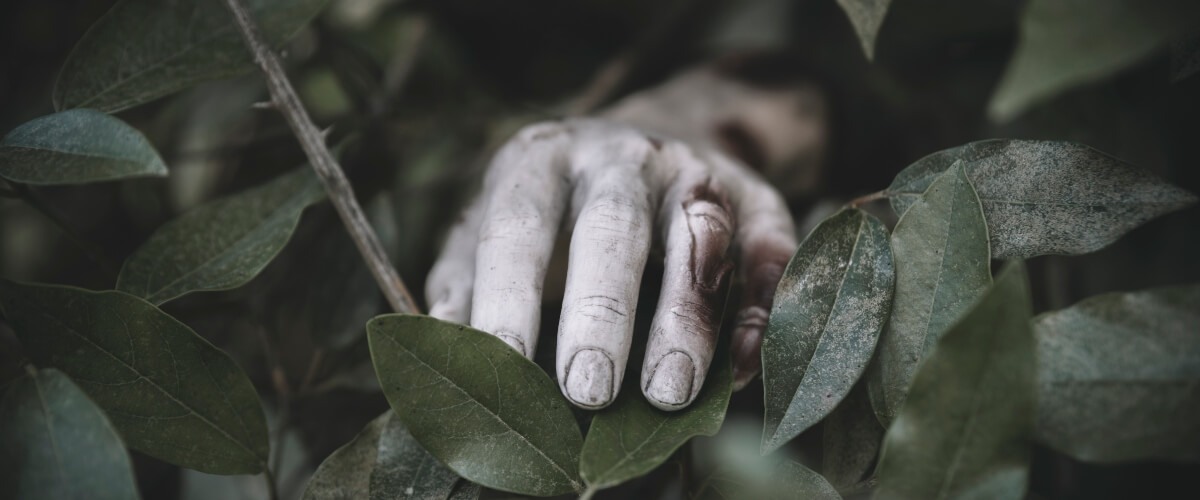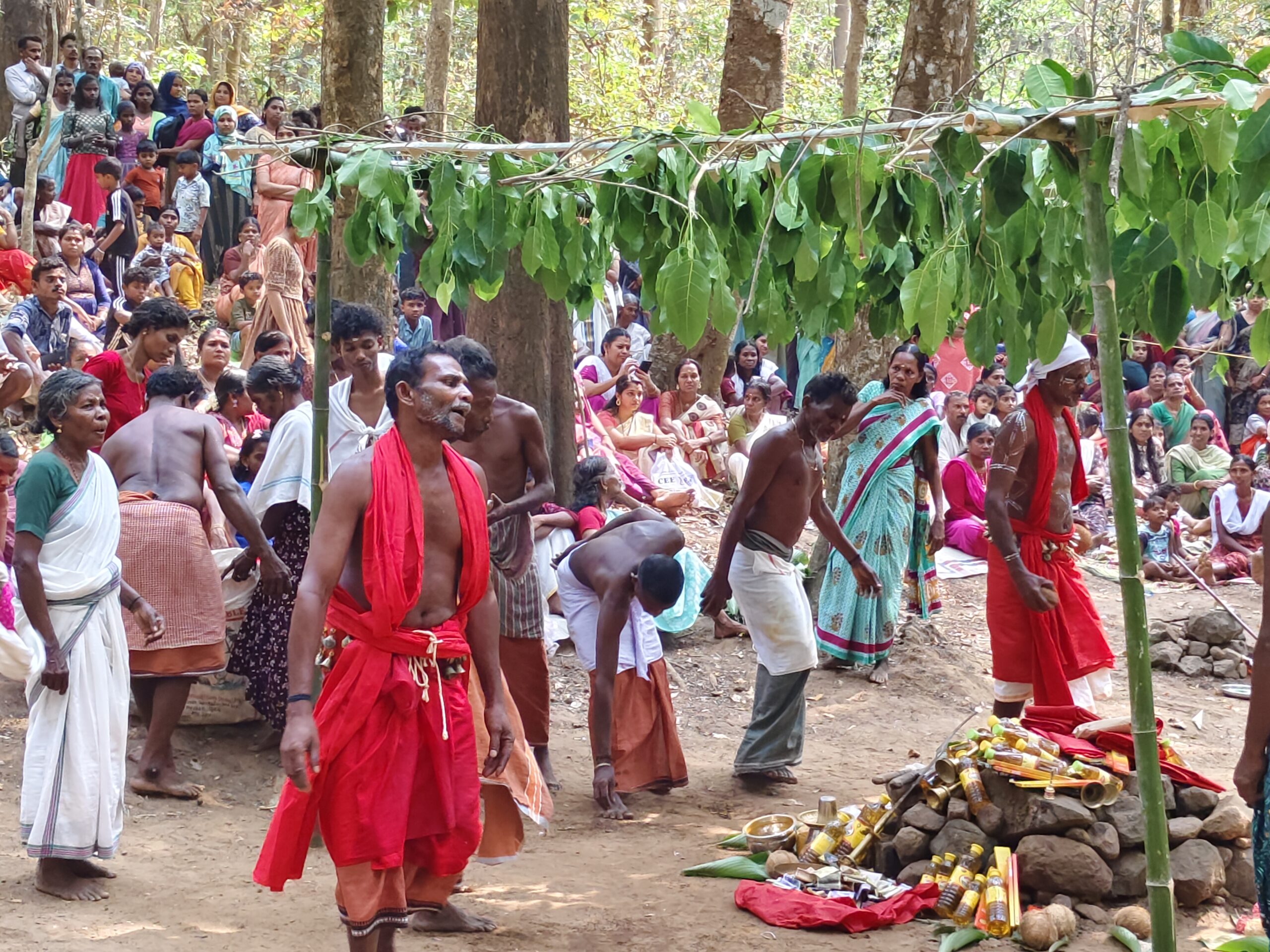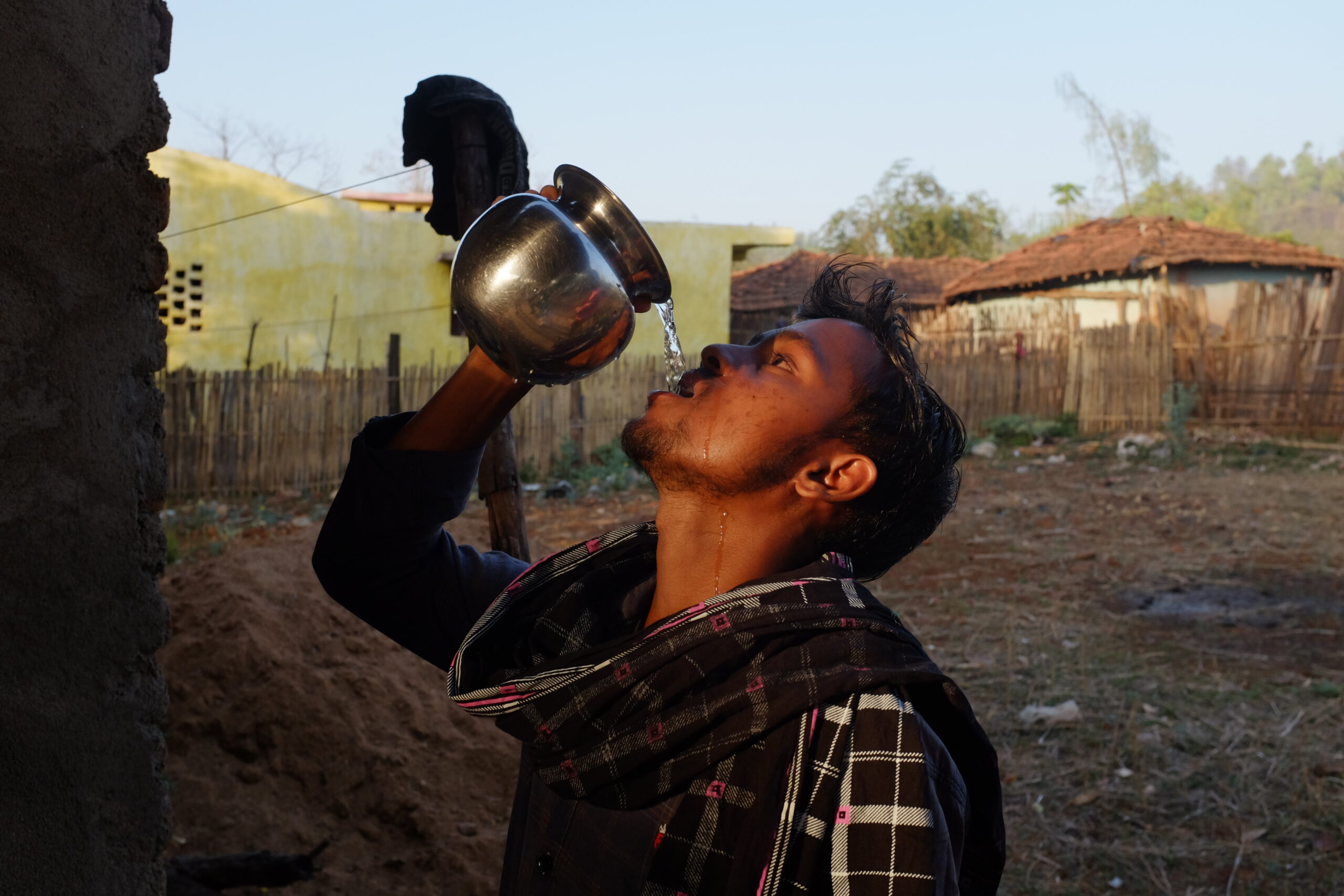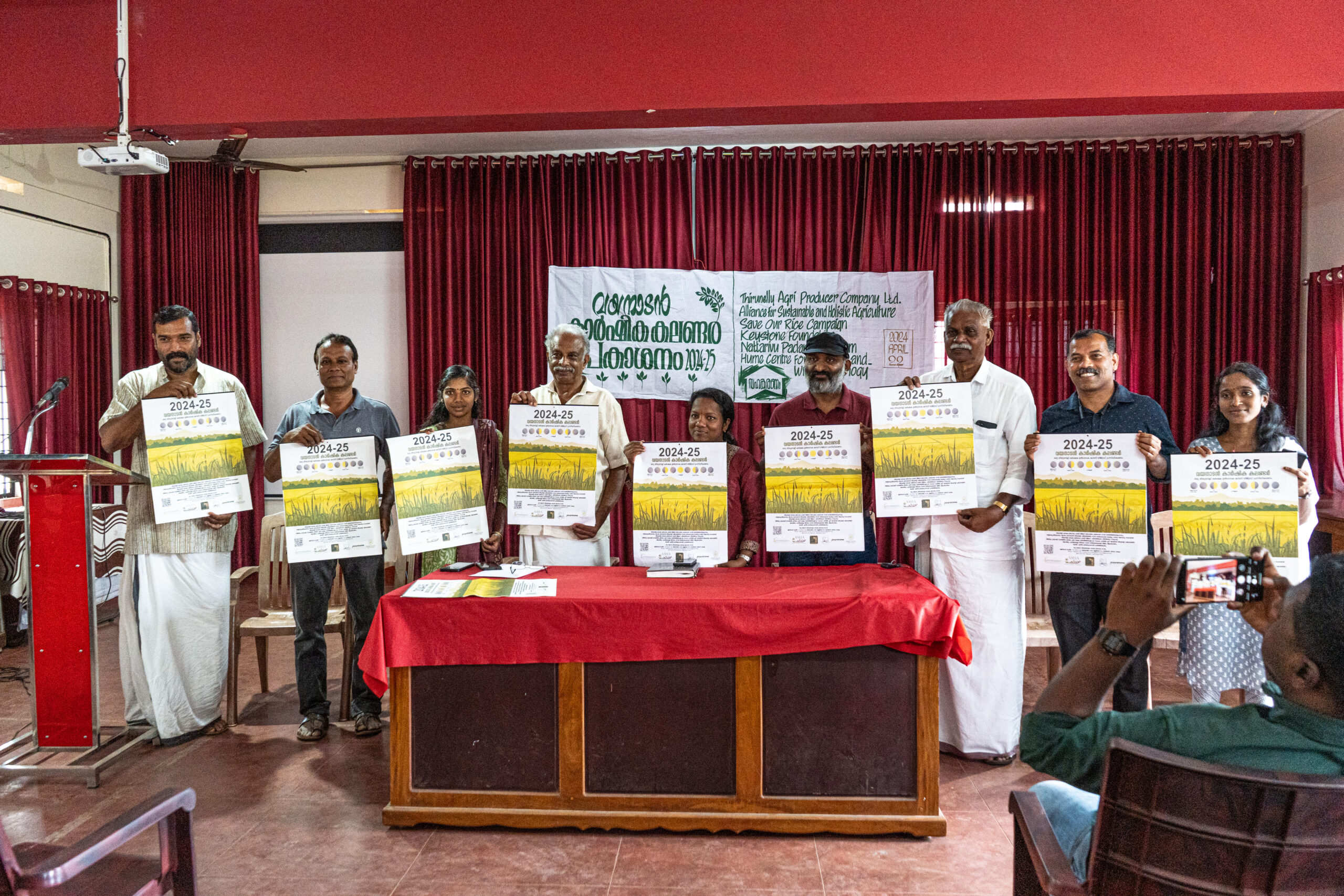We have been hearing a lot about it recently. Some gut wrenchingly difficult accounts in the tribal communities steeped in distress makes them no exception. While the act of taking one’s own life is met with much critique and philosophical questioning, it requires in-depth understanding in terms of the need for inter-sectional interventions that include biological, social, psychological, economic, cultural and governance factors. It is a deeply political issue when it stems from disparity and discrimination.
Close to 800 000 people die due to suicide every year, which is one person every 40 seconds [1]. India reported one suicide every hour due to joblessness, poverty and bankruptcy in 2019. 1.3 lakh suicides reported in India last year were due to unemployment, poverty and indebtedness.[2] At nearly a quarter of the suicides of 1,39,123 in total, or 32,563 the daily-wage earners comprised the largest chunk of such deaths [3].While we don’t have the exact numbers as yet, we have heard of many people dying by sucide during the pandemic that has been attributed to several social determinants like poverty, cast discrimintion, stigma, debts and unemployment. These accounts hold true to the context in the Nilgiris especially in adivasi communities where the incidence of deaths reported by sucide are more compared to the Verbal Autopsy results of 2018 & 2019.
Covid – 19 has made the world vulnerable and hasn’t spared the tribal communities. Impact of the pandemic, especially the restrictions, on such communities is immense as their life is with nature. Curbing movement halts their access to resources affecting basic needs of nutrition, health and income. The increased dependency of external agents and the uncertainties associated has significantly affected their wellbeing with drastic changes in their lifestyle. Limited access , availability to services and information, loss of jobs and income has made the pandemic particularly challenging. In the current situation one can expect that the number of deaths by suicide and attempts to increase given previous observation in marginalized communities.
Generally when there is a death by suicide, an attempt (or a failed attempt), any display or infliction on the self there are hard questions on the individual’s strength, or the glaring need to question the depth of their weakness. It is no different in the tribal communities. With the increase in number of instances of violence and deaths there is a lot of stigma on these choices exacerbated by the shift in community cohesion.
We asked a few elders to recall instances of people dying by suicide in the Irula community. Most of them said that it was not common and they can recollect very few instances of such deaths when they were growing up. They stand perplexed at the constant rise in numbers in recent times, especially when these choices are made by young adults. They seem to think that the erosion of culture and community cohesion is an important reason for their protective factors of support networks not acting. These conditions are further exacerbated with poverty, mistrust in the community, shaming for misconduct/ deviance from societal norms, decimation, unmet aspirations and improper governance.
When social networks and support systems are significant contributors to reducing the incidence of death by suicides, a one size fits all approach for interventions can be misleading and superficial. Prevention and intervention strategies need to target the intersectional of political, psycho-social and environmentally predisposing factors. While we don’t have the answers, evidence and success model to run a fully fledged intervention program at Keystone, in the health team we are slowly grasping nuances from shared narratives with the health workers to strengthen inter-connections in the communities. Establishing multiple pathways that are embedded in the Adivasi worldview, addressing livelihoods, basic needs security, support networks of community, stakeholder engagement from communities (within and external) and other predisposing conditions we hope to reduce the incidence of such deaths.
By Pavitra & Lakshmi
“Suicide Data.” World Health Organization, World Health Organization, 27 Sept. 2019, www.who.int/mental_health/prevention/suicide/suicideprevent/en/.
Chethan Kumar / TNN / Sep 4, 2020. “India Reported One Suicide Every Hour Due to Joblessness, Poverty or Bankruptcy in 2019: India News – Times of India.” The Times of India, TOI, timesofindia.indiatimes.com/india/india-reported-1-suicide-every-hour-due-to-joblessness-poverty-or-bankruptcy-in-2019/articleshow/77932584.cms.
Sharma, Harikishan. “Steady Rise in Share of Daily-Wagers in Suicides, 23% in 2019.” The Indian Express, 6 Sept. 2020, indianexpress.com/article/india/daily-wager-suicide-rate-2019-6584738/.

















